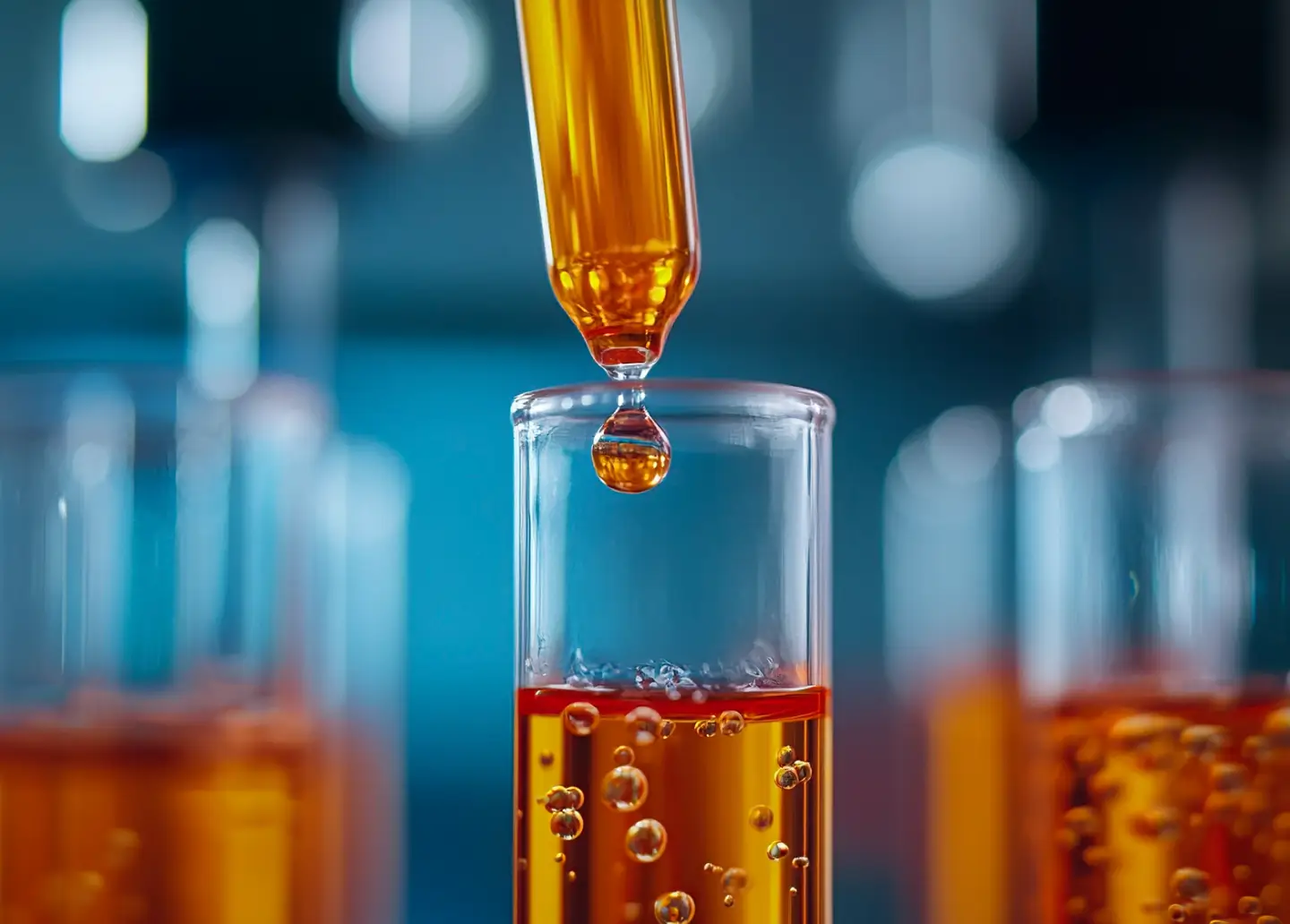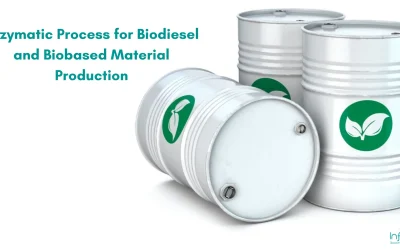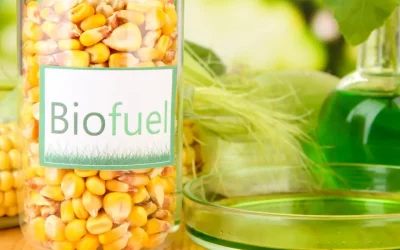Enzymes In Biodiesel Production
With fossil fuels getting extinct, there are alternative ways that are found by scientists and researchers to generate energy that is required to run the world. You must look for the energy sources from where the power can be produced should be user-friendly. More importantly, the residue that is left after the production process of the energy should be biodegradable. It should not possess toxic to the people working around, and neither should release toxins in the air. Today, one such power that many would like to use is biodiesel. The best part of biodiesel is producing this energy source from animal fat, vegetable oil, waste of the vegetables, microalgal oils, frying oils, and animals. The chemical name for this is monoalkyl esters. When you use the traditional method to produce biodiesel, both the acid and base analysts form the fatty acid alkyl esters.
The biodiesel enzyme reaction would involve lipases, which is the best and powerful way to produce biodiesel. This process is also known as alcoholysis. It is a kind of transesterification reaction. You can also use protein engineering to boost the catalytic efficiency, wherein it is best to use biocatalysts to produce biodiesel. The DNA recombinant would be used to produce a considerable amount of lipases. It makes use of both the immobilized lipases and cells that would cut down the entire cost of producing biodiesel. Though there are a few encountered problems, these issues are more comfortable for one to resolve. The enzymatic approach is eco-friendly.
Getting Started
At present, you can prepare the biodiesel with the help of soybean oil, sunflower oil, and palm oil. The US uses soybean oil, whereas Southeast Asia will use palm oil, and the EU will use sunflower oil. Many are planning to use non-edible oil. The conventional process that is adapted to produce biodiesel is through transesterification, which is a chemical approach. This is the trending technology used across the globe by the industries. There are many efforts put in to improve the efficiency of this process, but it still incurs a lot of cost in terms of production and environmental issues. There would be a lot of wastewater, disposal of chemicals, and low quality of glycerol. The chemical approaches will have an alkaline process. However, the production of biodiesel is only for transesterification reaction. The conversion of free fatty acid is a bit difficult to handle, which eventually results in soap formation.
On the flip side, the acid process is only for the esterification reaction would convert the free fatty acids into biodiesel. The rate at which the biodiesel would transform will be less. However, it is a feasible option for the industries. In case the oil source has a lot of free fatty acid, you can only utilize the acid and alkaline process to the fullest. The capital investment may become huge, and so the operating expenses. The cost of producing biodiesel would be higher compared to the cost to produce petroleum oil. When there are no subsidies, it will incur a severe loss to the companies if they run in this process. Therefore, the company must look for ways to cut down the expenses on producing the biodiesel. The alternative method would help the business to survive in the business world longer.
In the time since biofuel is available for the people, the price of it has been skyrocketing. The price of this fuel is much more than fossil fuels. Not the majority of the public loves to embrace this. When you consider the biodiesel’s cost allocation, it is clear that 70 to 90 per cent of the expenses are incurring for the feedstock, 20 to 25 for the operating costs, and 5 per cent to pay other fees. However, the price for the feedstock is prohibitive. You can only make biodiesel production feasible when you can cut down the production expenses to 50 per cent.
Enzymatic Process
The enzymatic transesterification process has come into force to address the critical issues in producing biodiesel. This technology has now become a boon for the companies. There are two crucial reactors used in this process. These include – primary reactor, and the other one is the small reactor. There are different ingredients such as alcohol reactant; oil and inert solvent are put together along with the biodiesel that is easier to recycle. This whole mixture is sent to the primary reactor. The reaction comprises the packed bed. The reactor’s outlet is connected with the evaporator where the alcohol that is not reacted, inert solvent, and water will get evaporated. The residue in the form of unreacted oil, glycerol, and biodiesel would divide and make into two different layers. One is known as the upper layer, and the other is known as the lower layer. The upper layer has the crude biodiesel, whereas the lower layer has the crude glycerol. It has traces of alcohol and solvent.
Green Technology
There are different drivers that you can use to produce clean and efficient energy. Today, it is also necessary to create a clean environment without harming the environment. There are new technologies available to generate green energy. When you go for the traditional refinery process, you must apply the thermal or catalytic cracking method. In this type of method, the raw material would be broken to reformulate and produce the end-product. This approach would have different kinds of side reactions that may eventually result in producing a product that is not satisfying. If you want to obtain a highly satisfying product, i.e., diesel, you must use an alternative method. This would reformulate or re-synthesize the source to produce the desired results. Therefore, the product that you get would be pure. The same case would be with enzymatic biodiesel production.
The approach of enzymatic biodiesel production is the same as green chemistry. Though there are some drawbacks in terms of the operational cost, Enzymes in biodiesel expenses, low yield and shorter lifespan of the catalyst, and more extended period of reaction would reap many pros. The best thing about enzymatic biodiesel production is to produce biodiesel in an eco-friendly way. Therefore, there would be no chemical discharge and wastewater production. There is no requirement for water washing in this process. The enzymatic process will carry out two different methods. These include – esterification and transesterification for the free fatty acids and triglyceride. It is useful to be used for the oil sources that one cannot process instantly, i.e., the oil that is in storage for a longer time. Today, many industries prefer to use enzymatic biodiesel production as it has no healthy reaction conditions. It is highly safe. The best thing is that you must spend less energy producing liquid biofuel through the enzymatic process.
The subject to produce energy through the enzymatic process is not new and is in use for three decades. In this, the lipases are best to use as a biocatalyst to produce biodiesel. Various factors would impact biodiesel production, such as the source of oil, reaction temperature, picking acyl acceptors, water measurement in the reactor, and a mixture of organic solvent. The main reason for using lipases is the mild reaction conditions and creating a pure item. In the future, the engine vehicles will use biodiesel to run them on roads.



